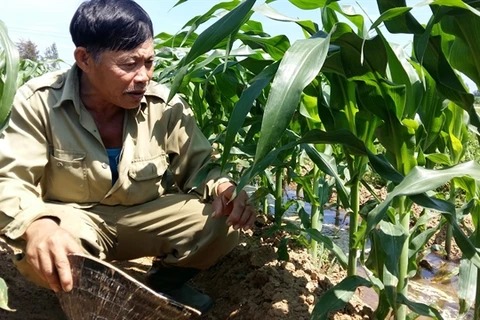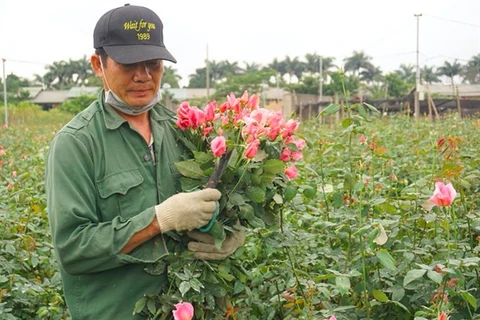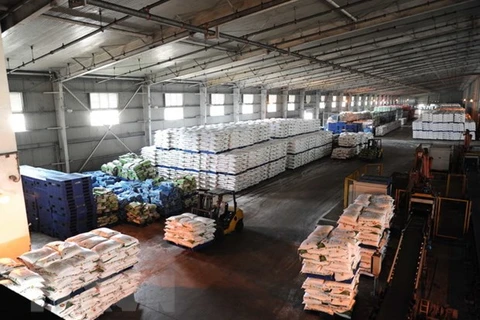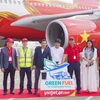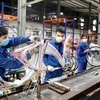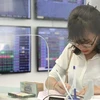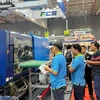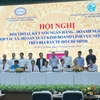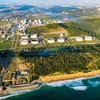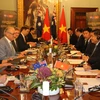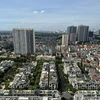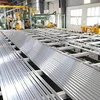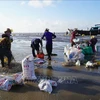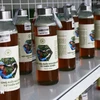 The PetroVietnam Ca Mau Fertiliser Company (PVCFC) generates 34.73 billion VND (nearly 1.5 million USD) in profit in the first two months of this year. (Photo: VNA)
The PetroVietnam Ca Mau Fertiliser Company (PVCFC) generates 34.73 billion VND (nearly 1.5 million USD) in profit in the first two months of this year. (Photo: VNA) Hanoi (VNA) – The PetroVietnam Ca Mau Fertiliser Company (PVCFC) generated 34.73 billion VND (nearly 1.5 million USD) in profit in the first two months of this year, equivalent to 69 percent of its yearly plan, despite unfavourable business conditions.
The company’s output surged 17 percent past the January – February target to 157,000 tonnes of urea.
But it has faced various difficulties over the last two months due to impact of the severe saline intrusion in the Mekong Delta, its largest market in the country.
Saltwater has intruded the Mekong Delta deeper and earlier than expected, affecting about 300,000 hectares of land in the region, forcing local farmers to reduce rice-growing areas and shift to aquatic farming, thus making demand for fertilisers drop 15 – 20 percent.
The global spread of the COVID-19 has also taken a heavy toll on exports of regional agricultural products to major foreign markets, particularly China, causing big losses for farmers and agricultural producers.
To solve the problems, the PVCFC has worked hard to boost sales in areas not affected by saline intrusion, such as Cambodia, and cooperated with agricultural authorities to provide farmers with technical support and new varieties to cushion the blow of drought and saltwater intrusion.
The firm has partnered with the Mekong Delta province of Soc Trang to conduct demonstrations of new high-quality paddy varieties and advanced farming practices and instruct the farmers on how to use water and fertilisers effectively and test salinity.
It has signed an agreement with VietFarm to develop bio-fertilisers and organic fertilisers to diversify it products and keep up with higher market demand and modern agricultural trends./.
VNA
